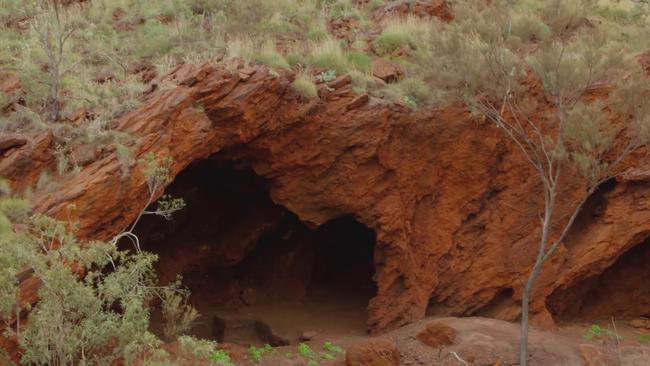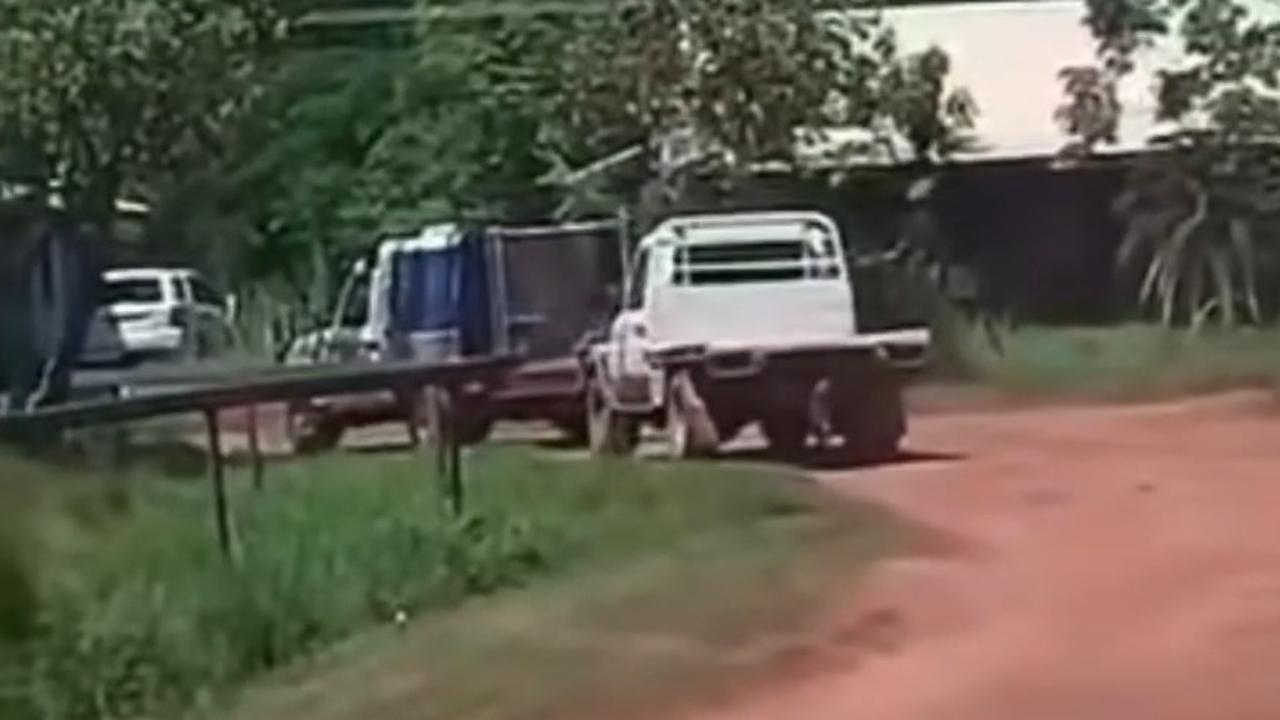Rio Tinto ‘holds all the cards’ in Indigenous dealings
An Indigenous group says more than 700 of its heritage sites in the Pilbara have been destroyed or impacted by mining.

One of the Pilbara’s biggest Indigenous groups says more than 700 heritage sites on its land have been destroyed or impacted by mining, with the group lamenting what it said was a power imbalance between it and mining giant Rio Tinto.
The Wintawari Guruma Aboriginal Corporation used its submission to a federal parliamentary inquiry into Rio Tinto’s detonation of the ancient Juukan Gorge caves in the Pilbara to highlight the difficulties faced by Indigenous groups trying to protect important cultural sites.
The submission, written by the corporation’s heritage manager, Kathryn Przywolnik, noted that its relationship with Rio Tinto was governed by the native title agreement it signed with the miner in 2001, the details of which it was unable to disclose under the terms of the agreement.
“It is fair to say the agreement, the first of its kind in the Pilbara, is not consistent with today’s expectations and is highly effective in protecting Rio Tinto’s interests. Most other Pilbara Aboriginal groups will have similar agreements with mining companies in place, and would also find themselves with tightly contained agency, unable to object to or seek recourse on heritage or tenure decisions,” the corporation said.
“There is a significant power imbalance, as a result of the agreements entered into 20 years ago that results in WGAC relying upon Rio Tinto’s better nature to not impact sites.”
The corporation represents the Eastern Guruma native title-holders, who retain just over 6000sq km of the iron ore-rich Hamersley Ranges. Eastern Guruma country hosts seven mines, six of which are owned by Rio Tinto.
Rio Tinto has been under intense scrutiny since May when it blew up the caves, where artefacts dating back 46,000 years had been recovered, on land held by the Puutu Kunti Kurrama and Pinikura people.
The mining giant, which has repeatedly apologised for the incident, on Tuesday submitted a detailed account of events in the years leading up to the caves’ destruction, admitting it had three other viable plans for its Brockman iron ore mine that would not have affected the caves.
Section 18 legislation, which allows the WA government to approve projects that will affect cultural sites, was used by Rio Tinto to secure approvals for Juukan Gorge and was used in hundreds of instances across the state.
Dr Przywolnik wrote that a recent review by the corporation had found at least 434 heritage sites had been destroyed by mining and another 285 were close to mining operations.




To join the conversation, please log in. Don't have an account? Register
Join the conversation, you are commenting as Logout